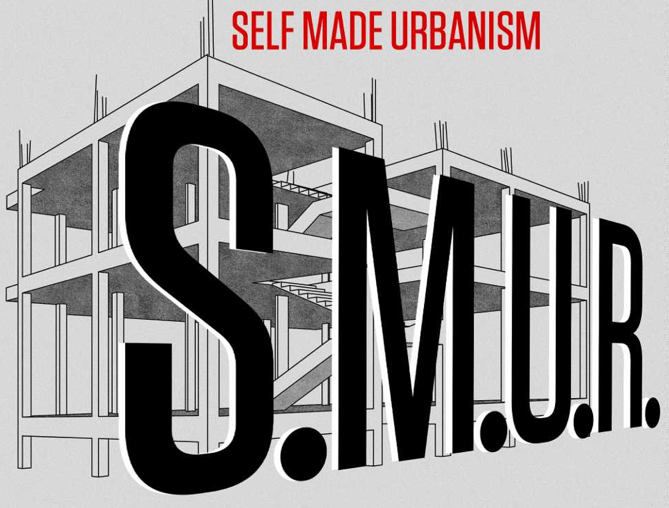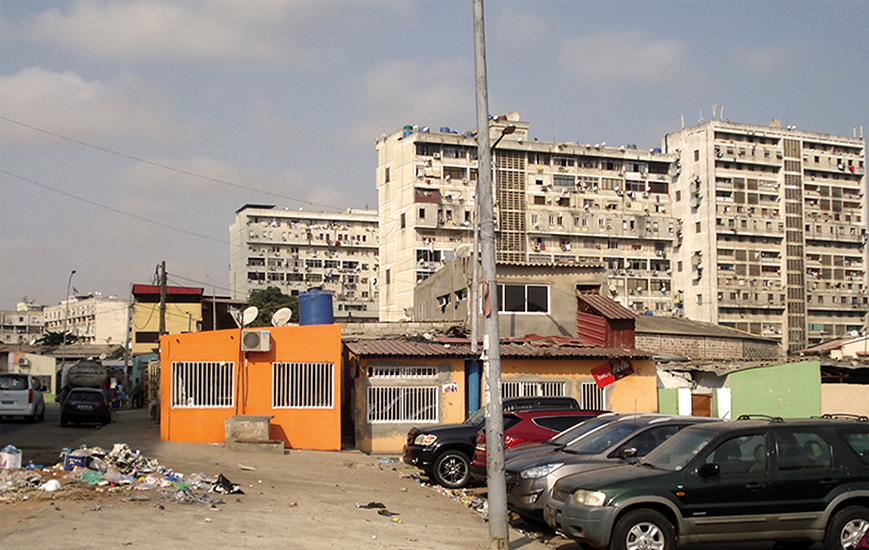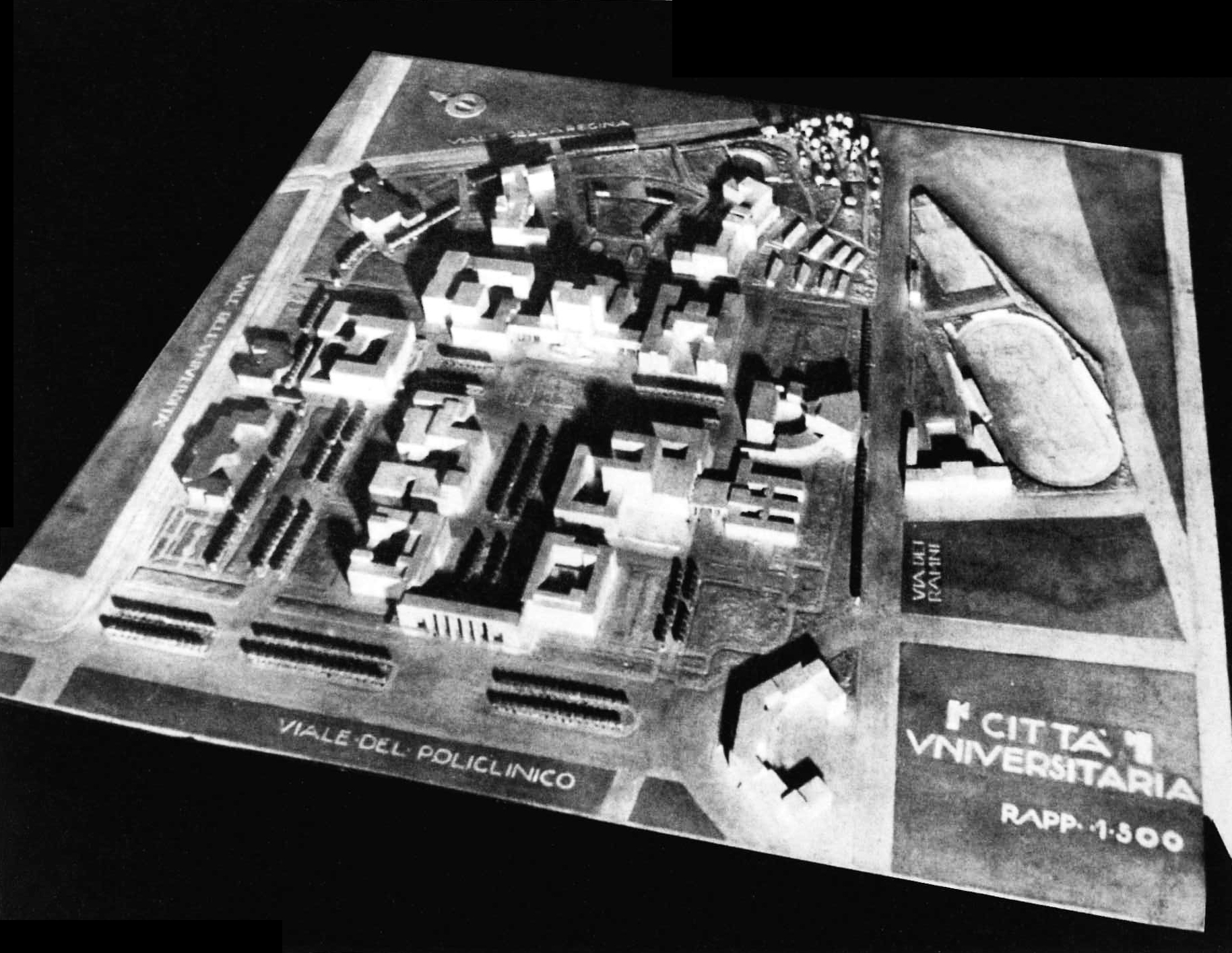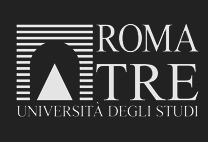Self Made Urbanism Rome
Informal Common Grounds of a Metropolitan Area
14 September – 3 November 2013 (open daily 12-19h, Thu-Sa 12-20h) nGbK (neue Gesellschaft für bildende Kunst) Oranienstraße 25, 10999 Berlin
A project of nGbK (neue Gesellschaft für bildende Kunst) Berlin, in cooperation with metroZones – Center for Urban Affairs (Berlin) and SMU-research (Rom/Aarau).
Self Made Urbanism Rome is an exhibition exploring the Via Casilina, an arterial road in Rome running south-east from the central Porta Maggiore to the city’s borders and beyond. The area fascinated Romantic artists who viewed this urban- rural landscape as complementing the historical and cultural densification with classical temples and inner city palazzi. The artists taking part in the S.M.U.R. project apply contemporary methods to investigate this historical terrain. In this process, they are continuing art history in a new way. In an exchange with scholars and city activists, they explore the self-built and self-organised city expanding here over the last hundred years.






